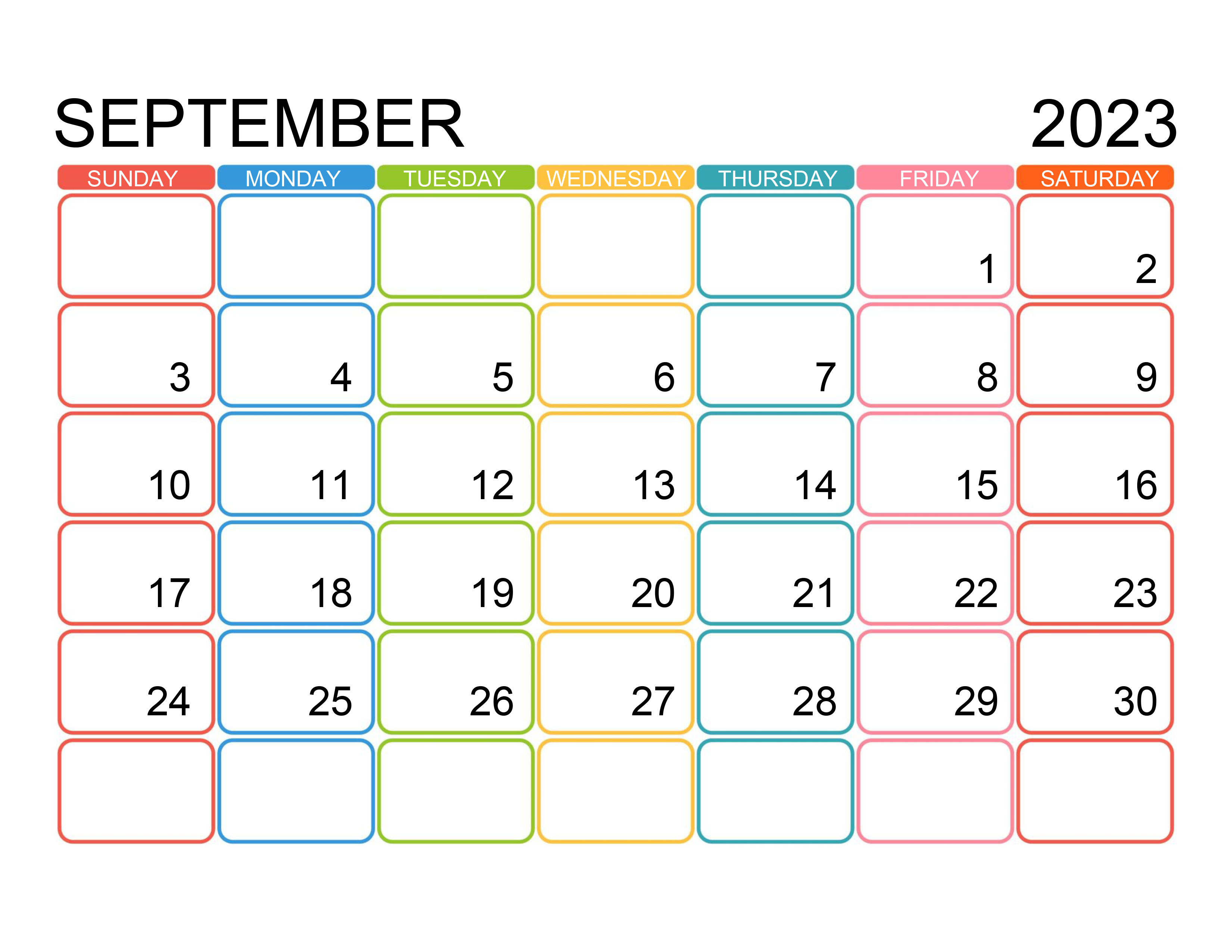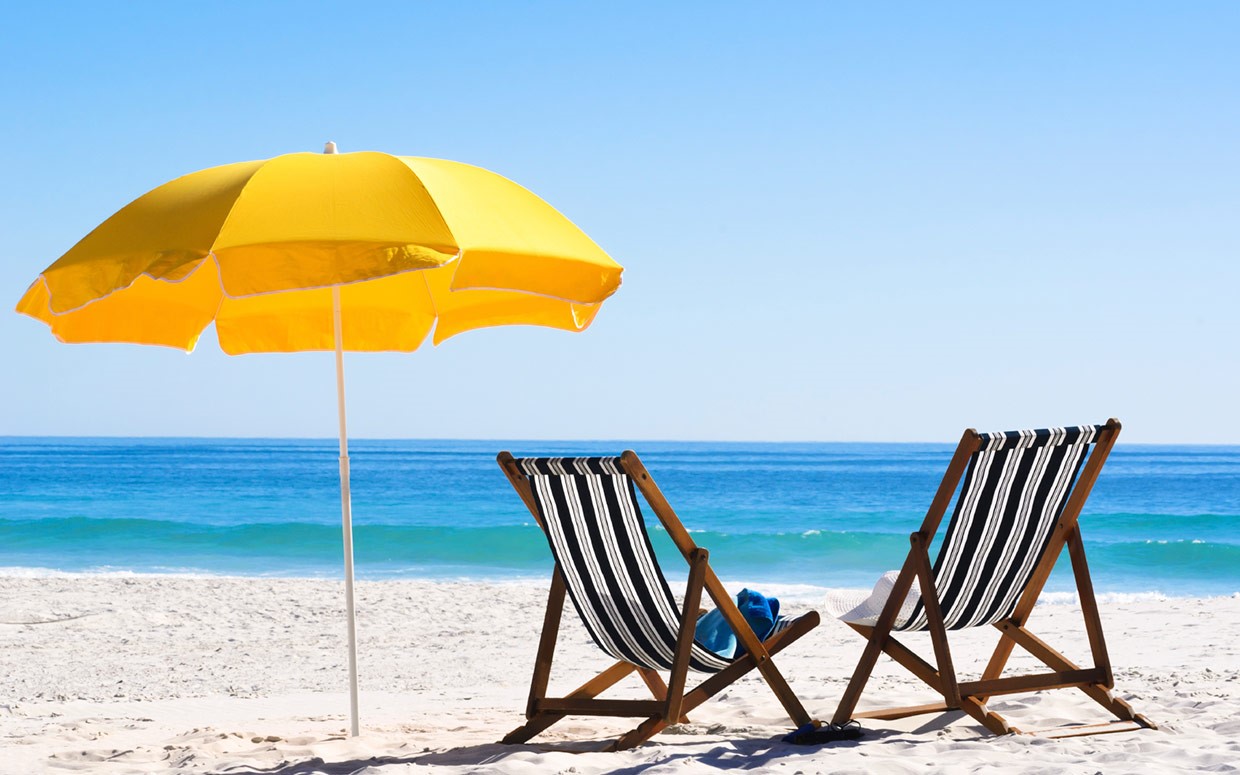Best Time to Cruise Alaska: Planning an Alaskan cruise requires careful consideration of weather, wildlife viewing opportunities, and crowd levels. This guide explores the ideal months for your Alaskan adventure, weighing the pros and cons of peak and off-peak seasons to help you choose the perfect time for your unforgettable journey.
From the stunning glaciers of the Inside Passage to the abundant wildlife of Southeast Alaska, the timing of your cruise significantly impacts your experience. Factors such as average temperatures, precipitation, daylight hours, and the availability of specific shore excursions all play a crucial role in determining the best time for your Alaskan voyage. We’ll delve into the specifics of each month, examining weather patterns across various regions, and comparing cruise line offerings and pricing to help you make an informed decision.
Cruise Ship Availability and Prices
Planning an Alaskan cruise requires careful consideration of both availability and cost. The ideal time to sail influences both factors significantly, with peak season commanding higher prices and potentially limited availability, while shoulder seasons offer a balance of affordability and reasonable booking options. Understanding these dynamics is key to securing the best Alaskan cruise experience within your budget.
Cruise Ship Availability and Pricing by Month
The availability and price of Alaskan cruises vary considerably throughout the year. Peak season (June-August) sees the highest demand, resulting in limited availability and premium pricing. Shoulder seasons (May and September) offer a more moderate balance, while the off-season (April and October) presents the most affordable options, though with reduced itinerary choices. The following table provides a general overview; specific availability and pricing depend on the chosen cruise line, ship, and itinerary.
You also will receive the benefits of visiting adventure vacations for seniors today.
| Cruise Line | Itinerary | Availability | Average Price Range (per person) |
|---|---|---|---|
| Princess Cruises | Inside Passage, 7 days | High (June-August), Medium (May, September), Low (April, October) | $1500 – $3500 (peak), $1000 – $2500 (shoulder), $700 – $1800 (off-peak) |
| Holland America Line | Alaska Inside Passage & Glacier Bay, 7 days | High (June-August), Medium (May, September), Low (April, October) | $1200 – $3000 (peak), $900 – $2200 (shoulder), $600 – $1500 (off-peak) |
| Royal Caribbean | Southcentral Alaska, 7 days | High (June-August), Medium (May, September), Low (April, October) | $1400 – $3200 (peak), $1000 – $2400 (shoulder), $750 – $1700 (off-peak) |
| Carnival Cruise Line | Alaska’s Inside Passage, 7 days | Medium (June-August), Medium (May, September), Low (April, October) | $1000 – $2500 (peak), $800 – $2000 (shoulder), $600 – $1400 (off-peak) |
Note: These price ranges are estimates and can vary significantly based on cabin type, onboard amenities, and any special offers.
Factors Influencing Cruise Prices
Several factors contribute to the fluctuating prices of Alaskan cruises. The time of year is the most significant, with peak season commanding the highest prices due to increased demand. The size of the ship also plays a role; larger ships often offer more amenities but may have higher prices. Finally, the length of the itinerary directly impacts the overall cost, with longer cruises generally being more expensive.
For example, a 7-day cruise during peak season on a large ship will be significantly more expensive than a 3-day cruise during the off-season on a smaller vessel.
Examples of Savings and Premium Costs
A family of four booking a 7-day Inside Passage cruise on a large ship during peak season could expect to pay upwards of $10,000. However, booking the same cruise during the shoulder season could reduce the cost by $3,000 to $4,000. Conversely, opting for a shorter itinerary or a smaller ship during peak season can also result in considerable savings.
For example, choosing a 3-day cruise instead of a 7-day cruise could save a family thousands of dollars. Furthermore, booking well in advance or taking advantage of early bird discounts can significantly impact the overall cost, regardless of the season.
Crowds and Tourist Experiences
Planning an Alaskan cruise requires careful consideration of the crowds you’ll encounter, as this significantly impacts the overall experience. The sheer number of fellow travelers can affect everything from securing a coveted shore excursion to finding a quiet spot on deck. Understanding the seasonal variations in passenger volume is key to maximizing your enjoyment.The volume of tourists in Alaska fluctuates dramatically throughout the cruising season, generally spanning from May to September.
Peak season, typically June through August, sees the highest number of cruise ships and passengers. Shoulder seasons, May and September, offer a more moderate level of crowds. The off-season (October to April) sees minimal cruise activity.
Crowd Levels During Peak and Shoulder Seasons
Peak season (June-August) brings the largest crowds. Expect longer lines for shore excursions, popular onboard activities, and dining reservations. Popular viewing points in national parks and smaller towns will also be significantly more crowded. In contrast, shoulder seasons (May and September) offer a noticeably more relaxed atmosphere. While there will still be other tourists, the overall experience is less hectic, with shorter wait times and easier access to resources.
The weather can be a factor in the shoulder seasons, with potential for rain or cooler temperatures, but the trade-off for fewer crowds can be worthwhile for many.
Impact of Crowd Size on Cruise Experience
High passenger numbers directly influence the accessibility of various aspects of the cruise. During peak season, securing popular shore excursions often requires booking well in advance, sometimes months ahead. Similarly, popular onboard amenities like specialty restaurants or spa treatments might require reservations or extended wait times. Even finding a comfortable spot on deck to relax may prove more challenging.
Conversely, during shoulder seasons, booking shore excursions and accessing onboard amenities is generally easier, providing a more relaxed and less stressful experience. The overall pace feels less rushed, allowing for a more enjoyable exploration of both the ship and Alaskan destinations.
High Season vs. Low Season Comparison
| High Season (June-August) | Low Season (May, September) | |
|---|---|---|
| Crowd Levels | Very High; expect significant crowds at all locations and activities. | Moderate; fewer crowds, but still some presence of other tourists. |
| Shore Excursion Availability | Limited availability; booking well in advance is essential. Popular excursions often sell out. | More availability; easier to book excursions even closer to departure. |
| Onboard Amenities | High demand; expect longer wait times for popular restaurants, bars, and activities. Reservations highly recommended. | Easier access; less competition for onboard amenities. |
| Overall Experience | Potentially more hectic and crowded; requires more planning and flexibility. | More relaxed and less crowded; allows for a more spontaneous and enjoyable experience. |
Shore Excursion Options: Best Time To Cruise Alaska

Alaska cruises offer a diverse range of shore excursions, catering to various interests and preferences. The availability and suitability of these excursions, however, are heavily influenced by the time of year, primarily due to weather conditions and the migratory patterns of wildlife. Choosing the right excursion requires careful consideration of the season.
Shore Excursion Availability and Variety by Month
The variety and availability of shore excursions fluctuate throughout the Alaskan cruise season. Peak season (June-August) generally offers the widest selection, encompassing everything from glacier viewing and wildlife spotting to historical tours and cultural experiences. Shoulder seasons (May and September) provide a more limited but still appealing range of options, often at lower prices. During the off-season (October-April), many excursions are unavailable due to weather and reduced accessibility.
Examples of Shore Excursions and Seasonal Suitability, Best time to cruise alaska
The best time to partake in a specific excursion depends on several factors. For example, whale watching is best during the warmer months when whales migrate to Alaskan waters to feed. Conversely, some hiking trails may be inaccessible during the shoulder seasons or winter due to snow and ice.
| Excursion Type | Best Months | Weather Considerations | Wildlife Viewing Opportunities |
|---|---|---|---|
| Whale Watching | May-September (peak in June-August) | Variable; can be rough seas, especially in May and September. Dress in layers. | Humpback whales, orcas, gray whales (species vary by location and month). |
| Glacier Viewing (boat tour) | May-September | Can be chilly even in summer; dress warmly. Sea conditions can affect tour availability. | Seals, sea lions, potentially bears on shore. |
| Hiking | June-August | Mosquitoes can be prevalent; use insect repellent. Trails may be muddy or icy in early/late season. | Bears, moose, various birds. |
| Dog Sledding | November-April (winter months) | Cold temperatures and potential for snowstorms. Dress in warm, waterproof clothing. | Limited wildlife viewing; focus is on the dogs and the winter landscape. |
| Scenic Train Rides | May-September | Variable; weather conditions can impact visibility. | Excellent opportunities to spot wildlife from the train, including bears, moose, and various birds. |
Ultimately, the best time to cruise Alaska depends on your priorities. Those seeking optimal wildlife viewing might prioritize different months than those seeking budget-friendly travel or smaller crowds. By carefully weighing the factors discussed—weather, wildlife activity, cruise prices, and crowd levels—you can plan an Alaskan cruise that perfectly aligns with your personal preferences and expectations, ensuring an unforgettable experience amidst the breathtaking beauty of the Last Frontier.



